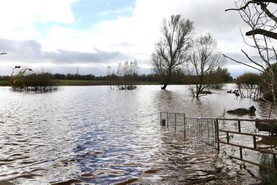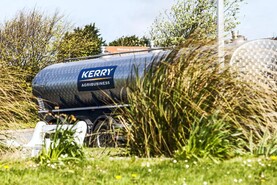Castleisland Mart in Co Kerry is now sourcing cattle for live exports, with more than 1,000 animals shipped so far, mart manager John Humphries told the Irish Farmers Journal.
"We're exporting bulls and weanlings to Spain, Friesians between 100kg and 200kg and continentals between 260kg and 340kg," Humphries said. "It's difficult, but it's workable. For Friesians especially, it's a good outlet," added the manager.
Humphries said he was going into live exports to help deal with this year's fodder situation, which is bringing cattle to the market that would normally be kept over the winter. Weather and cash issues have also hit some buyers. "We have people who are slow paying, but that's not a major issue. Most people just stop buying," Humphries said.
Spain has been the number one destination for live exports of Irish cattle in 2018. The number of calves exported live for the year to-date has reached 66,845 head, an increase of 22,887 calves on the total volume exported in 2017. This builds on an increase of 11,385 calves from 2016 to 2017, as shown in the table below.
The Spanish outlet for weanlings could provide a lifeline for the trade given the currency challenges in Turkey and reduced demand in Italy in recent years. It could be critical in helping to add some life to the trade for plainer quality cattle, which to date has been challenging.
The latest Department of Agriculture live export figures for the week ending 9 September 2018 showed 966 head of cattle (719 males and 247 females) exported. This brings the total volume of weanlings exported to Spain in 2018 to 5,985 head.
The upturn in demand from the Spanish market has stemmed from two sources. The beef trade has recovered after a few difficult years while the big driver in demand has been a resurgence in live exports of cattle from Spain to north African markets and to a lesser extent live exports to Turkey.
Additional reporting by Darren Carty.






 This is a subscriber-only article
This is a subscriber-only article










SHARING OPTIONS: